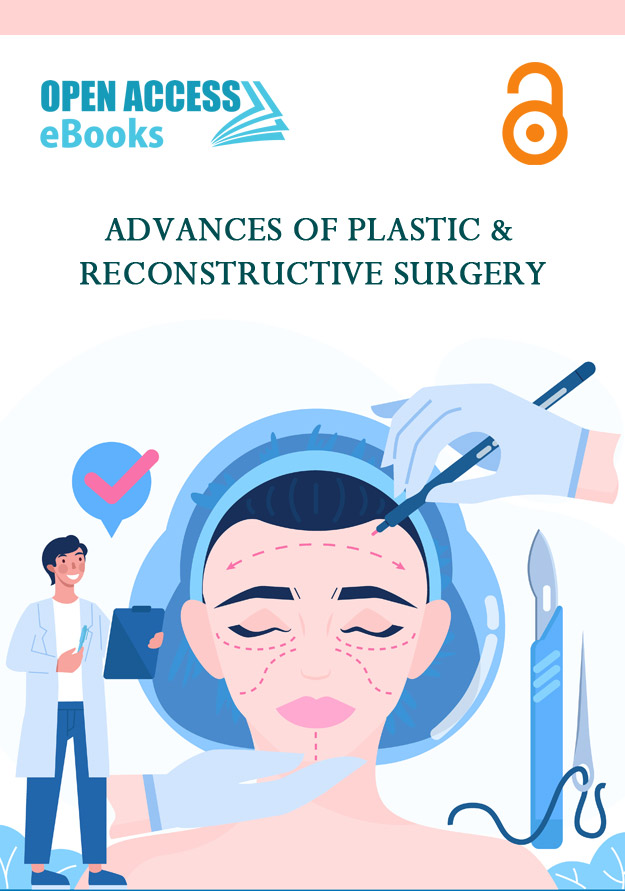List of Chapters
Chronic Diabetic Foot Wound Healing: Evaluation and Management
Author(s): Jianrui Li; Yeheng Lu; Fazhi Qi*
Chronic wound refers to the fact that the wound cannot heal normally due to internal and external factors, but enters a continuous pathological inflammatory state. These wounds still cannot be healed after more than one month of regular treatment, or even cannot be healed, which may be related to specific causes such as diabetes, infection, ischemia and so on.
At present, diabetes affects the health of 387 million people around the world. Among patients with diabetes, chronic diabetic foot wounds are very common.
Comprehensive Management of Burn Injuries: Integration of Plastic Surgery in Burn Wound Care
Author(s): Nelimar Cruz-Centeno*; Luis Alamo-Irrizarry; Angel Rivera-Barrios
Burn injuries are a common and serious problem that can result in significant physical and emotional trauma. They can be caused by a variety of factors, including thermal, chemical, electrical, and radiation sources [1]. Depending on the severity of the injury, burns can lead to a range of complications, including scarring, infection, loss of function, and even death. Plastic surgery plays a critical role in the treatment of burn injuries, as it can help to improve function, restore appearance, and prevent significant scarring, contractures, and deformities, which can lead to impaired mobility, functional limitations,
Stem Cells and their Place in Fat Grafting
Author(s): Frederik PW Mamsen, MD, Aris Sterodimas and Stig-Frederik Kølle MD, PhD
Fat grafting involves removing fat from one area of the body and transferring it to another to add or restore volume and shape [8,9]. The procedure has become increasingly popular as more patients seek to improve their appearance without implantation of foreign bodies such as breast implants or fillers. Fat grafting is most often performed to augment or reconstruct the breasts and face or augment the buttocks.
Lower Extremity Soft Tissue Reconstruction
Author(s): Mansour Ahmed M, MD; Huff Mallorie BS; Miller Nathan F, MD; Ranganath Bharat MD; Miles Marshall DO; Wojcik Randolph MD; Murphy Robert X, MD; Wallace Sean J, MD
Reconstruction of lower extremity injuries aims to restore function, improve quality of life, reduce pain, and allow for patients to return to their daily activities while simultaneously providing a long-lasting, durable repair [1-3]. Reconstructions should be specific to the patient and may be influenced by factors such age, social circumstances, and medical comorbidities.
Lymphedema
Author(s): Mallorie Huff, BS; Eliseo Sara, BS; Mansour Ahmed M, MD; Miller Nathan F, MD; Ranganath Bharat, MD; Miles Marshall, DO; Wojcik Randolph, MD; Murphy Robert X, MD; Wallace Sean J, MD
Lymphedema is a chronic and progressive disease that is physically deforming, functionally debilitating, and psychologically distressing to those affected. Characterized by the abnormal accumulation of protein-rich interstitial fluid, lymphedema generally affects the ex tremities with swelling, inflammation, and irreversible tissue changes. Lymphedema has significant deleterious effects on patient physical function, psychosocial well-being, and health-related quality of life (HRQOL).
Replantation
Author(s): Eliseo Sara; Mansour Ahmed M*; Miller Nathan F; Mahajan Arnav, BS; Ranganath Bharat; Miles Marshall; Wojcik Randolph; Murphy Robert X; Wallace Sean J
Replantation is defined as the reattachment of body parts with restoration of function and sensation. In contrast to revascularization, which is the restoration of blood flow to a devascularized or partially amputated part, replantation is only considered when the amputated part is completely severed and separate from the body and all tissues need to be reattached.
